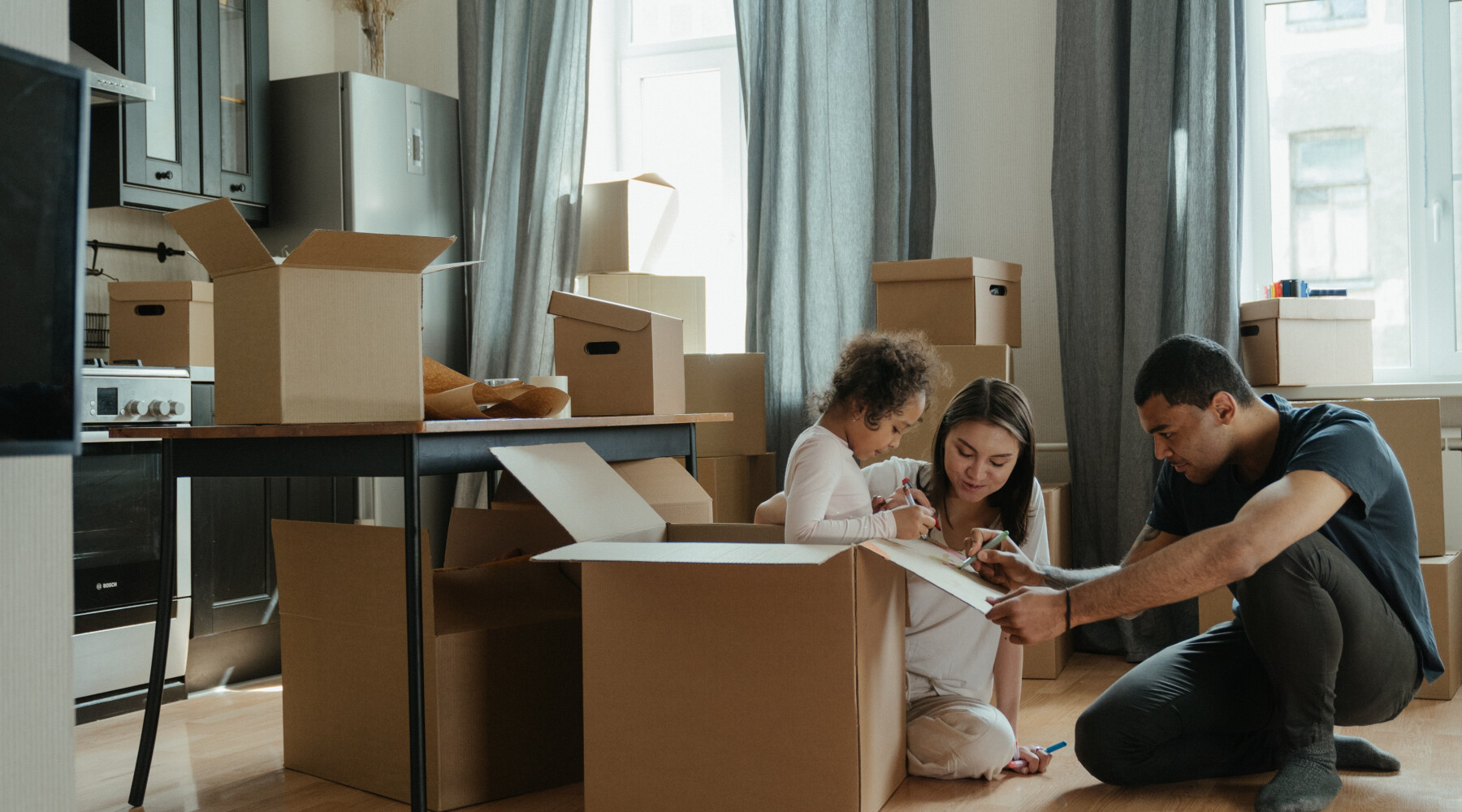Moving To A New Home With A Child With Disability

Moving to a new home is usually a stressful undertaking. If you have a child with a disability, the need to look for features like accessible design or to make home modifications can add extra layers to the task. And since moving house is usually a big change for your child, you’ll want to make sure they are kept as comfortable as possible before, during, and after the move.
Here, we offer some helpful tips for moving house with a child with a disability, including how to prepare and some accessibility features to look out for.
Before you move – preparing for the transition
One of the most important things to consider before moving is how you will help your child deal with the transition. Try to give them as much advance notice as possible, so they have plenty of time to get used to the idea. Where possible, drive past the new home, or use visual aids like photos of the home and your child’s bedroom. If your child has a physical disability, you could talk about accessibility features that will make it easy for them to get around.
If you’re moving a fair distance and will need to find new healthcare and support services, check out those available in your new location – such as GPs, hospitals, pharmacies, allied health professionals and disability support services – before you move.
Get rid of as much clutter as possible before you start packing to save unnecessary work. Aim to stick to your usual routines for as long as possible before you have to start packing. Get help to pack if you can and pack your child’s things last to minimise disruption to them.
It can help to have your child contribute to the move, such as by packing their own things. Just be sure to keep some of their favourite toys or comfort items out to ease the stress on moving day. You’ll also want to ensure any medications and disability aids or equipment are on hand. Consider taking these in the car with you rather than sending them in the removal vehicle.
On moving day, be aware of any safety issues for your child, such as piles of boxes or open doors. It can be easier to have someone look after your child for the day until the bulk of the move is done. If your child is going with you, pack plenty of snacks and their favourite items to help the day go as smoothly as possible.
Tips for accessible house hunting
Accessible homes are designed to make it easier to navigate the physical environment safely and successfully. When you’re house hunting, check for accessible design features that will help to accommodate your child’s needs. Some examples include:
Hallways and door openings that are wide enough if your child uses a mobility aid
At least one step-free entrance or a ramp
Cabinets and shelves that are within easy reach
Flooring to suit your child’s mobility needs
A shower without a step-over barrier.
If you have an autistic child[SA1] , look for a home that’s less likely to cause sensory overload. Steer away from noisy roads if possible. Look for a minimalist design with a simple layout. Dimmable lights are a great feature. If your child is prone to wandering, be sure to find a home with a securely fenced yard.
In addition to accessibility features, look out for potential safety hazards, such as:
Surfaces that could get slippery when wet
Stairs or overhanging ledges
Low ceilings or doorways
Other obstacles that could present a safety hazard.
In some cases, you may need to make modifications to the home, such as putting in a ramp or modifying the bathroom to make it accessible. Allow plenty of time to ensure these are completed before you move.
If you’ll be renting, discuss your needs with your landlord to ensure they are okay with you making modifications.
Other advice for moving house with a disability
Here are some other helpful tips to help make your move as smooth as possible.
Get help
All that decluttering, packing, moving and unpacking is hard work. Enlisting the help of friends, family and anyone else who’ll volunteer can take some of the pressure off you. If you can afford it, a removalist company can take care of everything from your entire move to just shifting the heaviest items. Removalist prices can vary widely, so get a few quotes.
Pack overnight bags
Unpacking all your gear takes time, so make sure you pack bags containing enough essentials (such as underwear, snacks, toiletries and medications) to last a few days.
Label your boxes
Taking the time to label your boxes can save hours of frustration when you need to find specific items in your new home. Take special care with moving important documents like your child’s medical records.
Moving homes and COVID-19
You’ll also want to minimise the risk of exposure to COVID-19 to help keep your family safe throughout the house-hunting process. Look at homes online first and ask the real estate agent for a virtual inspection before looking at properties in person. This can help you narrow down your search while visiting fewer homes.
Looking for a way to help loved ones and plan managers stay up to date with your child’s progress?
Check out ShiftCare Connect – with dedicated log-ins for clients’ families, it’s easy to stay current with plans, see who’s rostered for support and check in on loved ones whenever you choose.
 au
au


